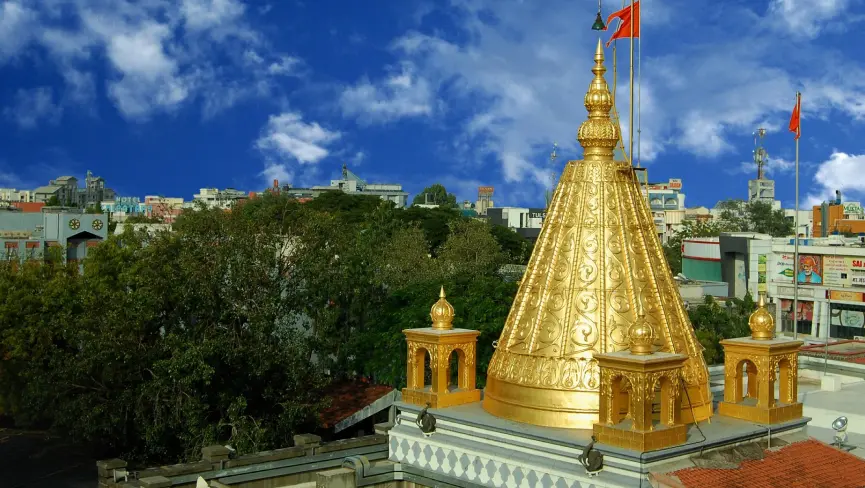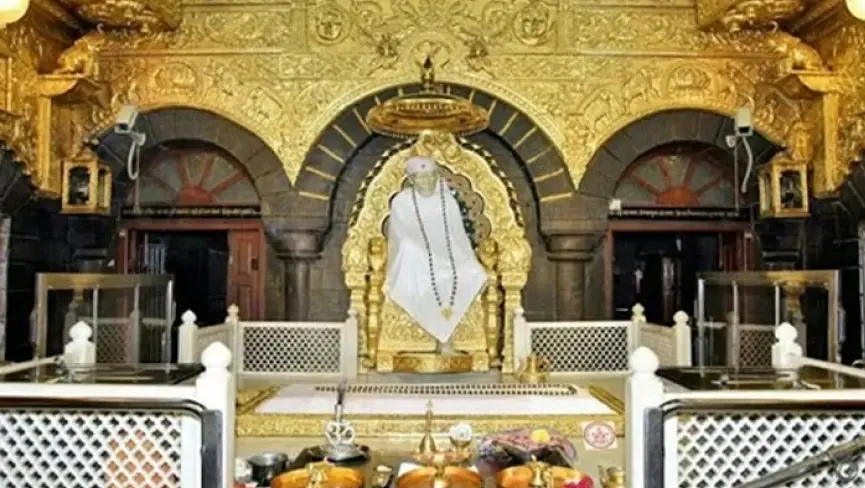
Complete Shirdi Pilgrimage Guide – Darshan Timings, Temple History & Travel Tips
Shirdi, a sacred town in Maharashtra, is one of the most visited pilgrimage destinations in India. Renowned as the home of Shri Sai Baba, Shirdi draws millions of devotees every year who come to seek blessings, experience the divine atmosphere, and learn about the saint’s life and teachings. The heart of Shirdi is the Sai Baba Samadhi Mandir, where devotees gather for darshan and participate in daily rituals like aartis and abhishekam.
If you are planning a spiritual trip, this Complete Shirdi Pilgrimage Guide will help you with everything – from Sai Baba temple history, darshan timings, aarti details, how to reach Shirdi, accommodation options, travel tips, and nearby attractions – so that your visit becomes smooth, memorable, and truly devotional.
History of Shirdi and Sai Baba Temple
Shirdi, a small town in Maharashtra, became world-famous as the abode of Shri Sai Baba, a revered saint who lived here in the late 19th and early 20th centuries. Sai Baba is remembered for his message of faith (Shraddha) and patience (Saburi), his simple lifestyle, and miracles that attracted people from all walks of life. He was respected by both Hindus and Muslims, and his teachings emphasized unity, love, and service to humanity.
Sai Baba arrived in Shirdi around 1858 and spent more than 50 years of his life here. He lived mostly in a mosque called Dwarkamai, where he guided devotees, healed the sick, and performed acts of compassion. In 1918, Sai Baba took Samadhi (eternal rest) at the very place where the Sai Baba Samadhi Mandir now stands.
The temple was constructed by a wealthy devotee, Shreemant Gopalrao Buti of Nagpur, who originally planned to build a Lord Krishna temple. However, after Sai Baba’s Samadhi, the structure was converted into his final resting place. Today, the Samadhi Mandir is the spiritual heart of Shirdi and is managed by the Shri Sai Baba Sansthan Trust, which oversees darshan, rituals, accommodation, and facilities for devotees.
Over the years, Shirdi has grown into a major pilgrimage hub, welcoming millions of devotees from across India and abroad who come to seek Baba’s blessings and experience the serene, divine atmosphere of this holy town.
Darshan Timings at Shirdi Sai Baba Temple
The Shri Sai Baba Samadhi Mandir in Shirdi is open daily from early morning to late night, allowing devotees to participate in darshan and temple rituals. The temple follows a fixed schedule of aartis (prayer sessions) and darshan hours, making it easier for pilgrims to plan their visit.
Shirdi Temple Daily Timings (Approximate):
-
Mandir Opening – 4:00 AM
-
Kakad Aarti (Morning Aarti) – 4:30 AM to 5:00 AM
-
Darshan Hours After Kakad Aarti – 5:00 AM onwards
-
Mid-day Aarti (Madhyan Aarti) – 12:00 PM to 12:30 PM
-
Dhoop Aarti (Evening Aarti) – At Sunset (around 6:00 PM – 6:30 PM)
-
Shej Aarti (Night Aarti) – 10:30 PM to 11:00 PM
-
Mandir Closing – 11:00 PM
Important Notes for Devotees:
-
Devotees can attend four main aartis daily: Kakad Aarti, Madhyan Aarti, Dhoop Aarti, and Shej Aarti.
-
During festival days like Guru Purnima, Ram Navami, and Vijayadashami, special rituals and extended darshan timings are arranged.
-
Online booking for darshan and aarti passes is available on the official Shri Sai Baba Sansthan Trust website to avoid long queues.
-
VIP darshan and special entry passes can be booked in advance.
Rituals and Aartis at Shirdi
The Sai Baba Temple in Shirdi follows a daily schedule of rituals and aartis, which are the most sacred experiences for devotees. These spiritual ceremonies create a divine atmosphere and allow devotees to connect deeply with Sai Baba’s teachings.
Daily Rituals at Shirdi Temple
-
Kakad Aarti (Morning Aarti) – Performed at 4:30 AM to wake Sai Baba with devotional hymns.
-
Abhishekam (Ritual Bath) – The idol of Sai Baba is bathed with water, milk, and other sacred items, symbolizing purity and devotion.
-
Darshan & Offerings – Devotees can offer flowers, prasad, and chadars (cloths) to Baba throughout the day.
-
Poojas & Bhajans – Daily prayers and bhajans (devotional songs) are organized in the temple premises.
Main Aartis at Shirdi
There are four major aartis performed every day at the Samadhi Mandir:
-
Kakad Aarti – Early morning aarti at 4:30 AM.
-
Madhyan Aarti – Mid-day aarti at 12:00 PM.
-
Dhoop Aarti – Evening aarti performed at sunset (around 6:00 PM).
-
Shej Aarti – Night aarti at 10:30 PM, putting Baba to rest.
Special Rituals and Festivals
Apart from daily aartis, Shirdi celebrates Guru Purnima, Ram Navami, and Vijayadashami with grandeur. Thousands of devotees gather during these festivals to witness special processions, bhajans, and rituals dedicated to Sai Baba.
Nearby Attractions in Shirdi
While in Shirdi, you can also visit:
-
Dwarkamai Mosque – Where Sai Baba lived.
-
Chavadi – Baba used to rest here on alternate nights.
-
Samadhi Mandir – The main shrine of Sai Baba.
-
Shani Shingnapur – Famous temple dedicated to Lord Shani (70 km from Shirdi).
-
Nashik – A holy city known for Kumbh Mela (90 km away).
Related Blog
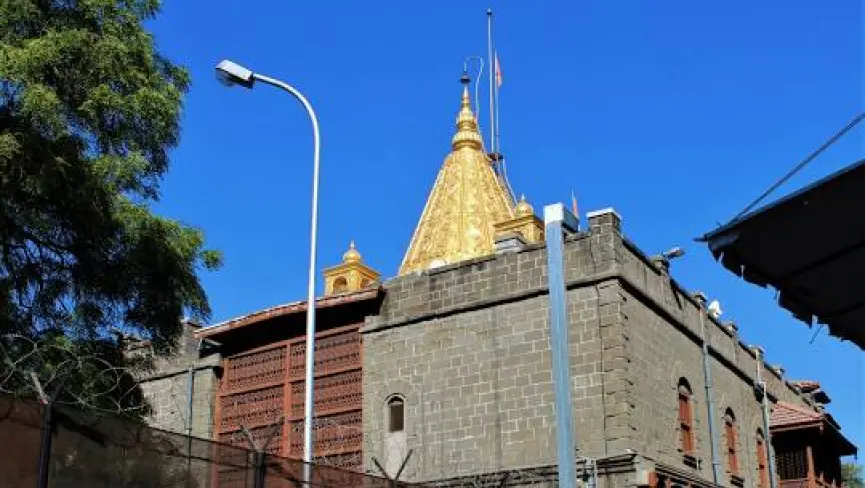
How to Reach Shirdi from Mumbai, Pune, Hyderabad & Other Cities – Complete Travel Guide

Complete Shirdi Pilgrimage Guide – Darshan Timings, Temple History & Travel Tips
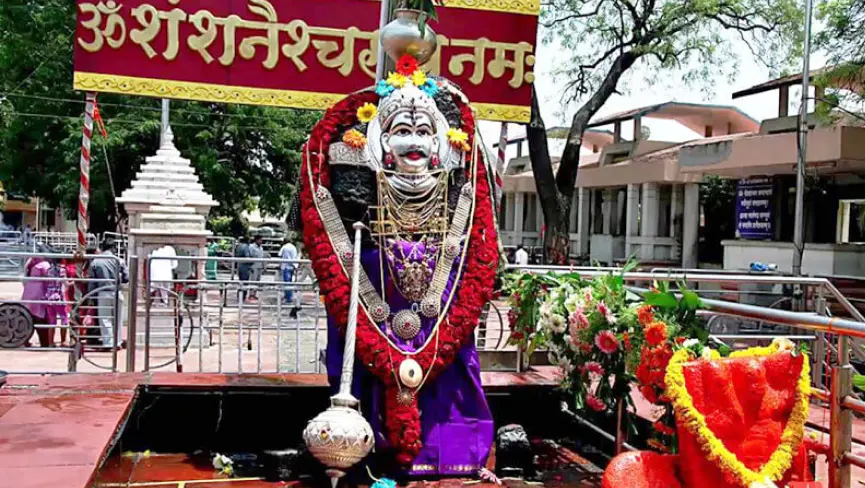
Shani Shingnapur Temple Travel Guide – History, Darshan Timings & Unique Traditions

Sai Baba Life & Miracles – Stories You Must Know Before Visiting Shirdi
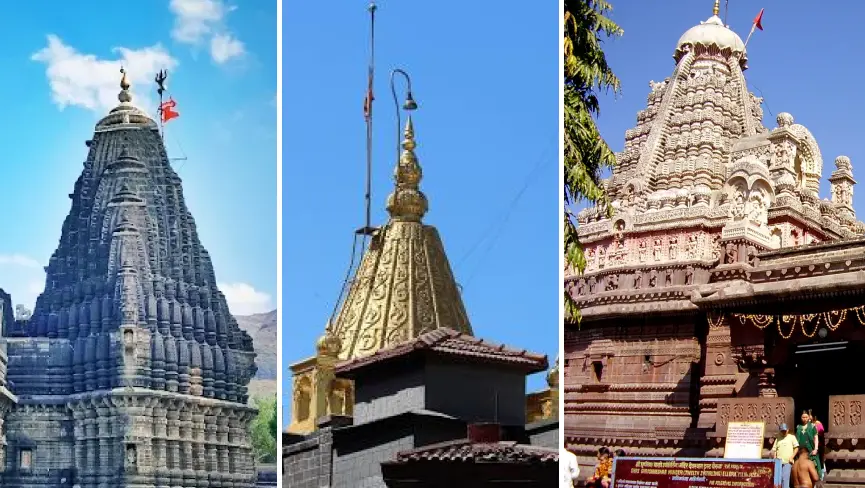
Shirdi to Trimbakeshwar and Grishneshwar Jyotirlinga Tour Plan – A Complete Guide
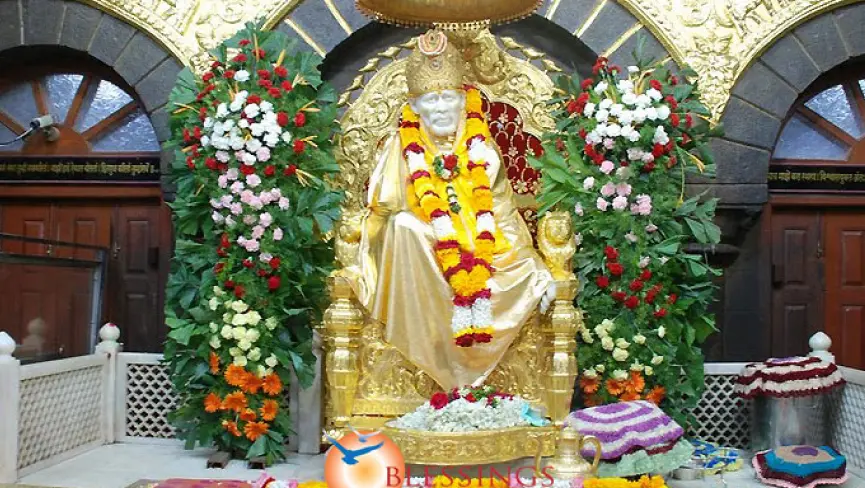
Spiritual Significance of Shirdi – Why Millions of Devotees Visit Every Year
